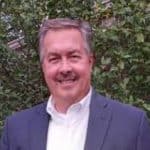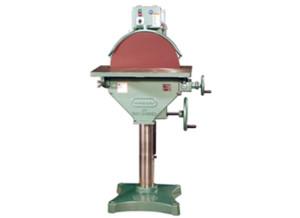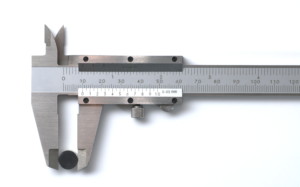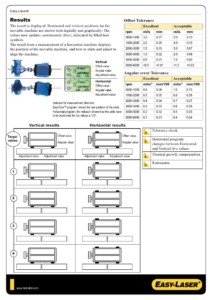
Smooth Transitions from Cooling to Heating with Mark Orlovsky
It’s my pleasure to welcome Mark Orlowski to the podcast. He is a quality warranty and service expert at Modine manufacturing company.
In this episode we covered:
- What is an HVAC system?
- How do you ensure that HVAC systems are operating at optimum efficiency?
- Now, if we’re doing all those basic things, what needs to be done when we’re moving from a cooling to a heating season, or maybe a heating season to a cooling season?
 As an Enterprise Maintenance Planner, you manage the backlog, provide a maintenance schedule, liaise with Maintenance and Operations, maintain excellent knowledge of the facility and its
As an Enterprise Maintenance Planner, you manage the backlog, provide a maintenance schedule, liaise with Maintenance and Operations, maintain excellent knowledge of the facility and its 
 When you hear the work
When you hear the work 
 An
An 



 Why is it that some individuals perform a PM Routine and always find something and others don’t? And why is that when some individuals perform a rebuild or overhaul, the equipment struggles to start and return to steady state? The answer comes down to how detailed the individuals are during the maintenance activity. But how can this be overcome with such a wide range of individuals in the maintenance team? The answer is precision maintenance
Why is it that some individuals perform a PM Routine and always find something and others don’t? And why is that when some individuals perform a rebuild or overhaul, the equipment struggles to start and return to steady state? The answer comes down to how detailed the individuals are during the maintenance activity. But how can this be overcome with such a wide range of individuals in the maintenance team? The answer is precision maintenance
 Imagine being able to look back and see what settings the equipment was last ran at for a particular SKU. Or being able to look back at the last three alignment inspections and see that slowly the alignment is drifting. What could you do with this type of information? You could perform Root Cause Analysis to see why the alignment is drifting, or trend the drifting to know when it will be out of acceptable tolerances.
Imagine being able to look back and see what settings the equipment was last ran at for a particular SKU. Or being able to look back at the last three alignment inspections and see that slowly the alignment is drifting. What could you do with this type of information? You could perform Root Cause Analysis to see why the alignment is drifting, or trend the drifting to know when it will be out of acceptable tolerances.
 As a maintenance professional, you spend a lot of time explaining how a proper maintenance & reliability program will improve uptime, safety, etc. But why is it that there is a hard time gaining support for the improvement initiatives? Well, senior executives are focused on how the company is being a measure of performance from the shareholders, financial analysts, or owners. Most of these measures are financial in nature, and while there are others, the primary measures are financial.
As a maintenance professional, you spend a lot of time explaining how a proper maintenance & reliability program will improve uptime, safety, etc. But why is it that there is a hard time gaining support for the improvement initiatives? Well, senior executives are focused on how the company is being a measure of performance from the shareholders, financial analysts, or owners. Most of these measures are financial in nature, and while there are others, the primary measures are financial.